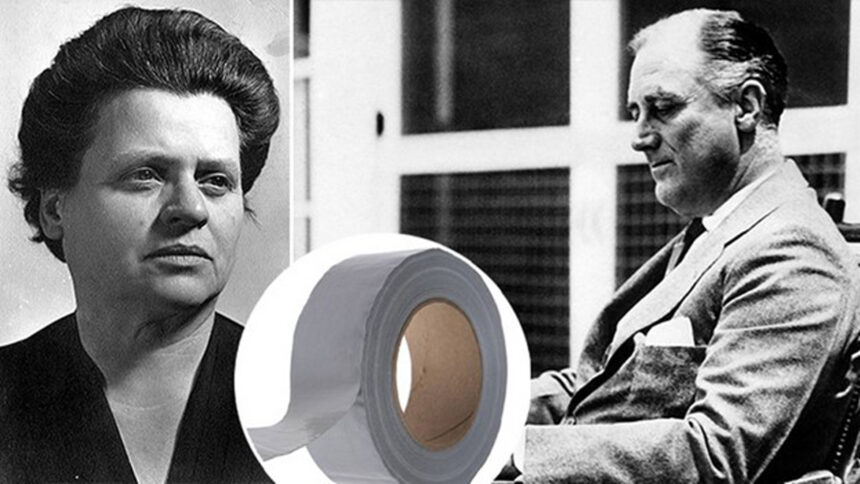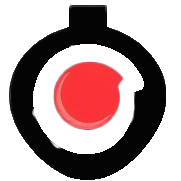You may not know Vesta Stoudt, but you definitely know what she invented—duct tape. Her story holds a lesson for us today.
In 1943, Stoudt was inspecting ammunition boxes at a WWII factory when she noticed a problem. The paper tape and wax seals made the boxes hard to open, especially in wet or urgent combat conditions. She proposed a waterproof, cloth-based tape instead.
And her supervisors said…“Not interested.”
So Stoudt did something extraordinary: she wrote directly to President Franklin D. Roosevelt. Incredibly, he read her letter, liked the idea, and passed it to the War Production Board. Duct tape was born.
This article is part of Branding Strategy Insider’s newsletter. You can sign up here to get thought pieces like this sent to your inbox.
The lesson? Frontline workers often see problems (and solutions) that leaders miss. But spotting good ideas isn’t enough. Organizations need mechanisms that surface, support, and amplify them.
Suggestion boxes tend to deliver a flood of small, incremental ideas—and fade fast. But when structured right, innovation programs can uncover breakthroughs.
At Bayer, for instance, cross-functional teams form around employee ideas. They secure executive sponsors, get expert coaching, and compete for funding and time to bring their concepts to life. Many ideas would have vanished without this system.
The innovator’s most important skill isn’t creativity. IT’S LISTENING.
Contributed to Branding Strategy Insider by Steve Wunker, Author of JOBS TO BE DONE: A Roadmap for Customer-Centered Innovation
The Blake Project Can Help You Create A Brighter Competitive Future In The Jobs To Be Done Workshop
Branding Strategy Insider is a service of The Blake Project: A strategic brand consultancy specializing in Brand Research, Brand Strategy, Brand Growth and Brand Education
FREE Publications And Resources For Marketers
Post Views: 21










